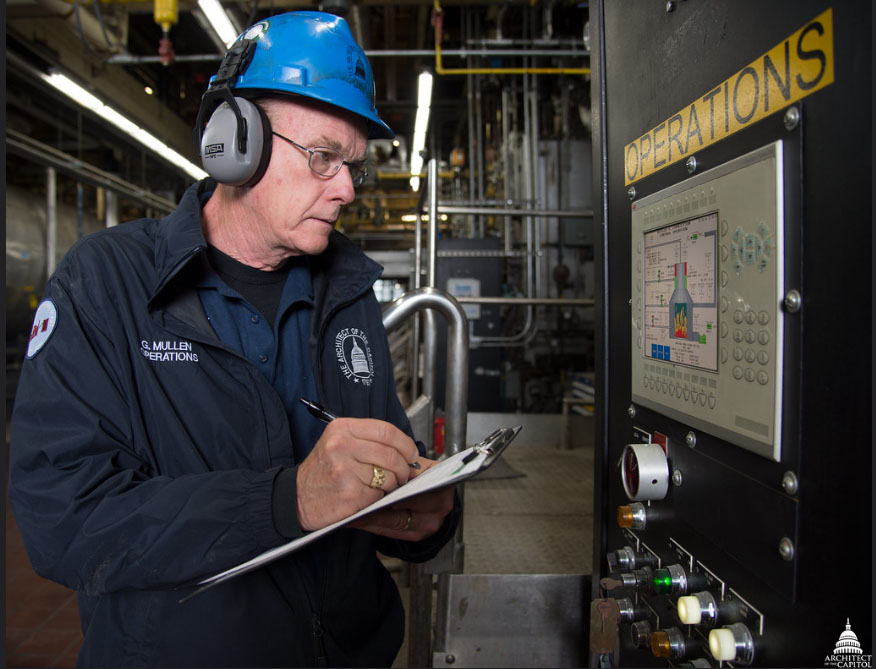Occupational Noise Exposure
Exposure & Controls
Exposure to Noise is measured in units of sound pressure level called decibels, using A-weighting (dBA). There are several ways to control and reduce noise exposure in a workplace where exposure is excessive.
Engineering controls involve modifying or replacing equipment, or making related physical changes at the noise source, along the transmission path, or at the employee’s workstation and location to reduce the noise level at the worker's ear. Examples of inexpensive, effective engineering controls include the following:
- Choose low-noise tools and machinery.
- Maintain and lubricate machinery and equipment (e.g., oil bearings).
- Place a barrier between the noise source and employee (e.g., sound walls or curtains).
- Enclose or isolate the noise source.
Administrative controls are changes in the workplace or schedule that reduce or eliminate worker exposure to noise. Examples:
- Operate noisy machines during shifts when fewer people are exposed.
- Limit the amount of time a person spends at a noise source.
- Provide quiet areas where workers can gain relief from hazardous noise sources.
- Controlling noise exposure through distance is often an effective, yet simple and inexpensive administrative control. Specifically, for every doubling of the distance between the noise source and worker, the noise can be decreased by up to 6 dBA, depending on conditions.
The following references provide information on measuring noise exposure and recognizing and controlling workplace noise hazards.
- OSHA Technical Manual (OTM) Section III: Chapter 5 - Noise. OSHA Directive TED 01-00-015, (July 6, 2022). Includes specific sections providing an overview and detailed information on Hazard Abatement and Control.
- Occupational Hearing Loss Surveillance. NIOSH. Includes information on the NIOSH surveillance program and hearing loss statistics by industry.
- Preventing Occupational Noise-Induced Hearing Loss. NIOSH. Includes a 6-step guide on occupational hearing loss prevention.
- Case studies. Health and Safety Executive (HSE), United Kingdom. Extensive index of noise control case studies from HSE.
- Occupational Noise-Induced Hearing Loss in Australia - Overcoming barriers to effective noise control and hearing loss prevention. Safe Work Australia, (August 2010).
- Model Code of Practice: Managing noise and preventing hearing loss at work. Safe Work Australia, (July 2020).
- BuyQuietRoadmap. A tool that supports the procurement of low-noise products. Originally developed by National Aeronautics and Space Administration (NASA), Auditory Demonstration Laboratory. Includes Online Noise Databases with data on noise levels for various types of equipment. Industrial Noise Control, Fundamentals and Applications. Bell, Lewis H. and Bell, Douglas H. Marcel Decker, Inc., (1994).


